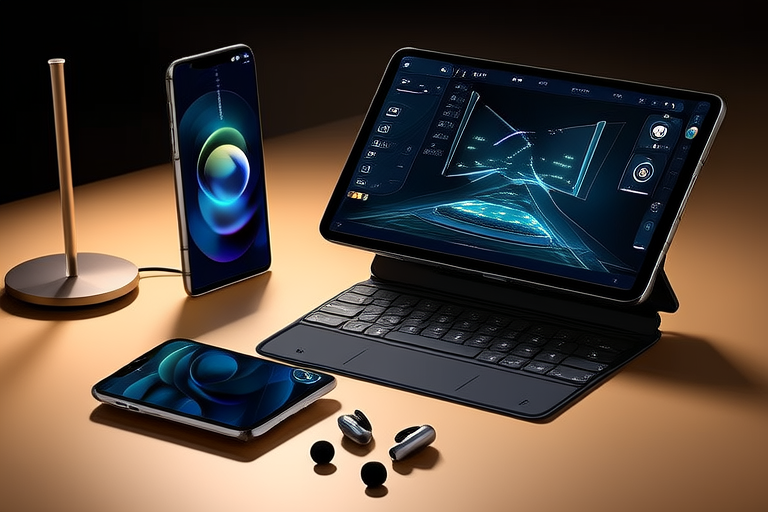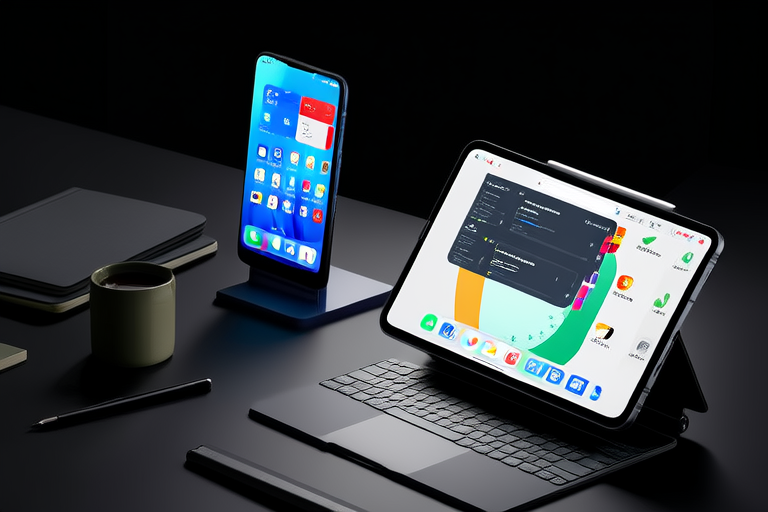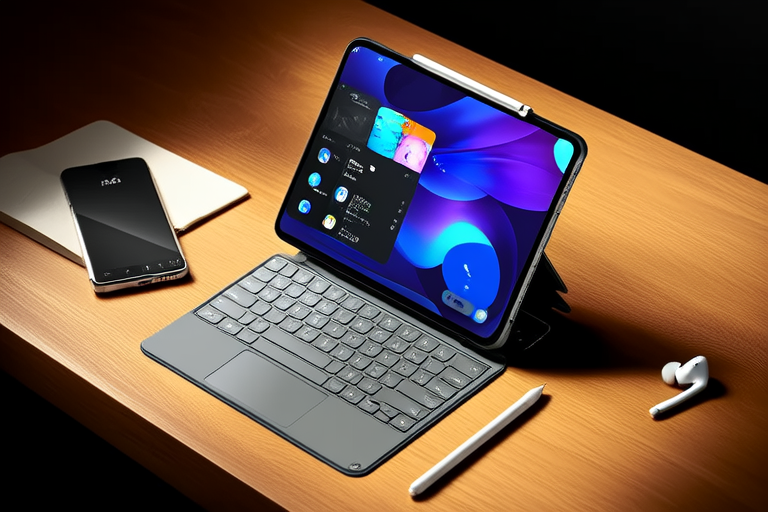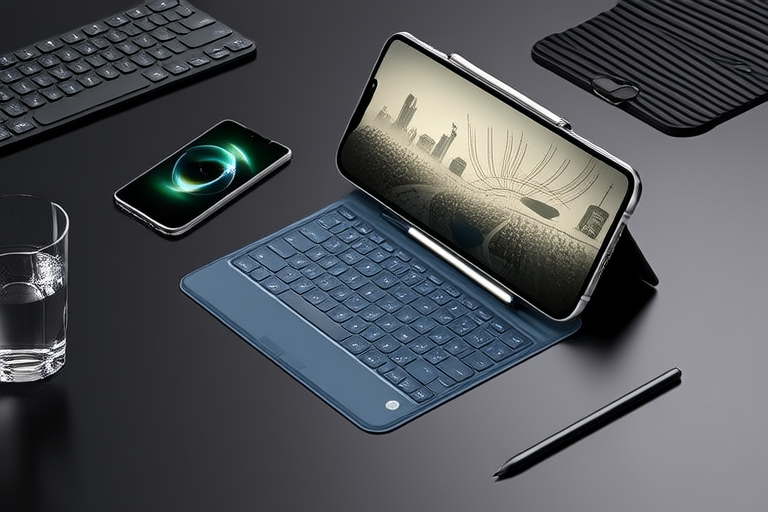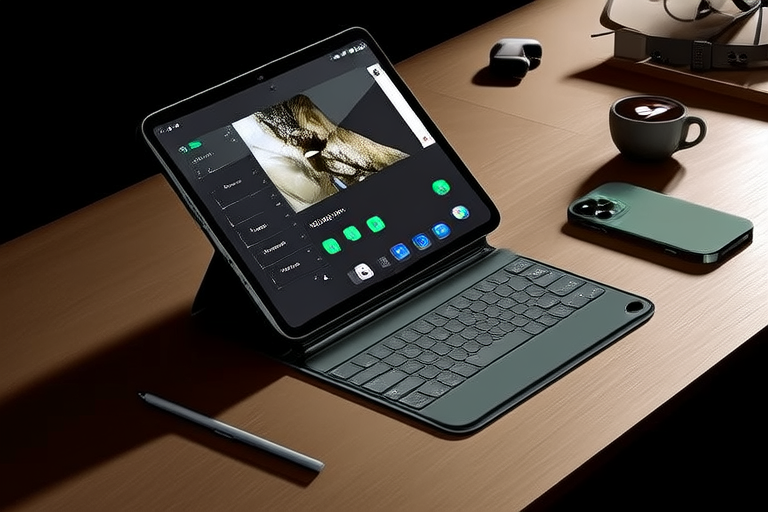The Future of Mobile Devices: How Smartphones and Tablets Are Evolving
Introduction
In today’s fast-paced world, smartphones and tablets have become indispensable tools for communication, entertainment, and productivity. These portable devices have revolutionized the way we interact with information, connect with others, and manage our daily tasks. From making video calls to playing immersive games, the functionalities offered by mobile devices have expanded significantly over the years. As technology continues to advance, the future of smartphones and tablets holds even more promise. This article delves into the current state of mobile devices, explores upcoming technological advancements, and forecasts future trends that will shape the industry.
Current State of Mobile Devices
The latest generation of smartphones and tablets boasts impressive advancements across various components. Processors have become faster and more energy-efficient, enabling seamless multitasking and high-performance gaming. Displays have evolved to offer higher resolutions, better color accuracy, and advanced touch-sensing capabilities. Cameras have also seen significant improvements, providing users with high-quality images and videos. Battery life has improved through more efficient power management and larger-capacity batteries. Additionally, the advent of 5G connectivity has brought about faster data transfer speeds and lower latency, enhancing the overall user experience.
Key players in the market, such as Apple, Samsung, and Huawei, have been at the forefront of innovation. Apple’s A-series chips and M-series processors have set new benchmarks for performance and efficiency. Samsung’s Exynos and Snapdragon processors offer powerful alternatives. Both companies have introduced foldable screen models, expanding the possibilities of mobile device design. Huawei has made significant strides in camera technology, with its Leica partnerships and innovative imaging features. Other notable players include Google, Xiaomi, and Oppo, each contributing unique innovations to the market.
Emerging trends in the industry include the integration of augmented reality (AR) and virtual reality (VR) into everyday applications. Foldable and flexible screens are gaining traction, offering users more versatile display options. However, challenges remain, particularly in terms of battery life, heat management, and cost-effectiveness of advanced technologies. The industry must address these issues to ensure widespread adoption and continued growth.
Technological Advancements
The future of mobile devices is poised to be shaped by several groundbreaking technologies. Foldable screens are expected to become more common, allowing users to carry a single device that can transform into different configurations, such as a phone, tablet, or laptop. Companies like Samsung and Royole are already leading the way in this area, with their Galaxy Fold and FlexPai devices. These innovations will enable users to have a more adaptable and versatile mobile experience.
Augmented reality (AR) is another technology that will play a crucial role in the future of mobile devices. AR overlays digital information onto the real world, creating interactive experiences that can enhance various applications, from gaming and education to retail and healthcare. Apple’s ARKit and Google’s ARCore are driving the development of AR apps, while companies like Magic Leap and Microsoft HoloLens are pushing the boundaries of immersive AR experiences.
Artificial intelligence (AI) will also have a significant impact on mobile devices. AI-powered voice assistants, such as Siri, Google Assistant, and Baidu’s DuerOS, are becoming increasingly sophisticated, providing users with personalized recommendations and intelligent responses. Edge computing, which processes data closer to the source rather than relying solely on cloud-based solutions, will further enhance AI capabilities, ensuring faster and more efficient interactions.
These advancements will not only improve user experience but also open up new possibilities for developers and businesses. For instance, AI-driven personalization can lead to more tailored content and services, while edge computing can enable real-time analytics and decision-making in industries like finance and logistics.
Future Trends
Looking ahead, several trends are likely to define the future of smartphones and tablets. One of the most prominent trends is the shift towards more sustainable and eco-friendly manufacturing practices. As environmental concerns grow, manufacturers are exploring ways to reduce waste, increase recyclability, and minimize the carbon footprint of their products. This could involve using recycled materials, designing for easier disassembly, and adopting renewable energy sources in production facilities.
Another trend is the convergence of smartphones and other devices. With the rise of wearables, smartwatches, and IoT (Internet of Things) devices, smartphones may evolve into central hubs that control and communicate with a wide range of connected gadgets. This interconnected ecosystem will allow for seamless integration and enhanced functionality across multiple devices. For example, users may be able to control smart home appliances, access health data from wearables, and manage virtual meetings all through their smartphone.
Operating systems are also expected to undergo significant changes. While Android and iOS dominate the market today, alternative platforms like Tizen and Sailfish OS are gaining attention. These systems offer unique features and customization options, catering to niche markets and tech enthusiasts. In addition, the development of modular operating systems that can be easily adapted to different hardware configurations will provide greater flexibility for both manufacturers and users.
Software capabilities will continue to expand, with increased focus on privacy, security, and accessibility. As cyber threats become more sophisticated, mobile devices will need robust security measures to protect user data. Privacy-preserving technologies, such as differential privacy and homomorphic encryption, will be integrated into operating systems to safeguard sensitive information. Accessibility features, including screen readers, voice commands, and haptic feedback, will become more advanced, ensuring that mobile devices are usable by everyone, regardless of ability.
The impact of these changes on users’ daily lives and industries will be profound. Enhanced mobile devices will enable more efficient work-from-home setups, remote learning, and telemedicine. They will also drive innovation in fields like e-commerce, entertainment, and social media, offering new ways for people to engage with each other and the world around them.
Conclusion
In conclusion, the evolution of smartphones and tablets represents a fascinating journey of technological advancement and innovation. From their humble beginnings as basic communication tools to their current status as multifunctional devices, mobile devices have transformed the way we live and work. The latest advancements in processors, displays, cameras, and connectivity have set the stage for an exciting future, where foldable screens, augmented reality, artificial intelligence, and edge computing will redefine user experience and functionality.
The future of mobile devices holds immense potential for both individuals and industries. As these devices continue to integrate seamlessly into our daily lives, they will unlock new possibilities for creativity, collaboration, and problem-solving. The shift towards sustainability, the convergence of devices, and the evolution of operating systems and software capabilities will shape the landscape of mobile technology in the coming years.
As we look ahead, it is clear that the future of mobile devices is bright and full of exciting possibilities. Whether through new form factors, cutting-edge technologies, or enhanced user experiences, these devices will continue to play a pivotal role in shaping our world. The ongoing evolution of smartphones and tablets promises to bring about a future where mobility and innovation go hand in hand, creating a more connected and empowered society.
